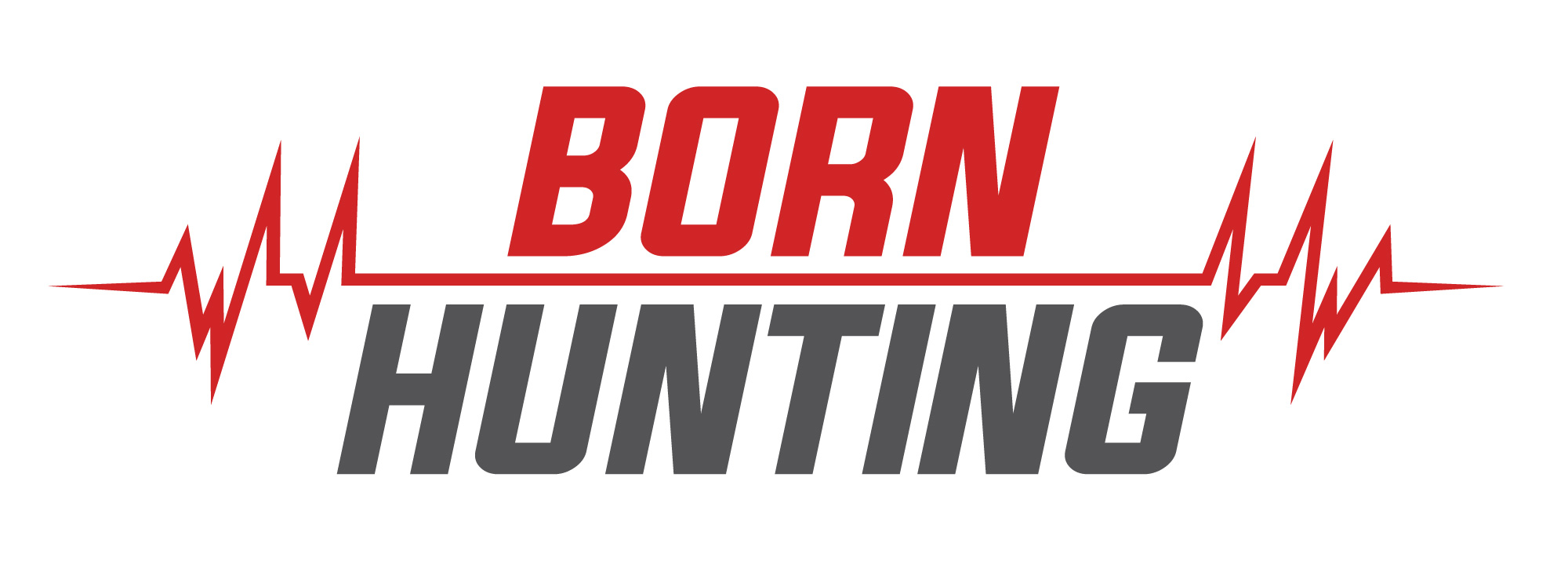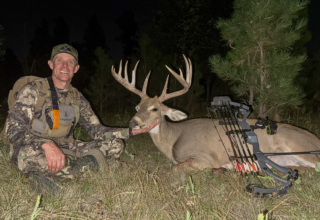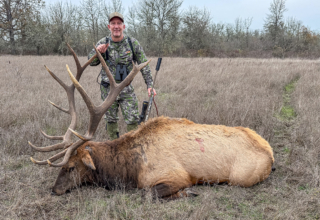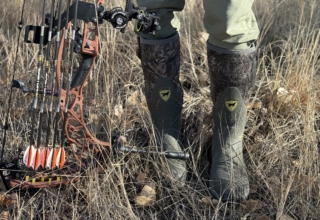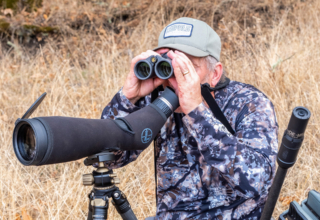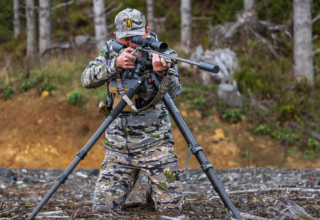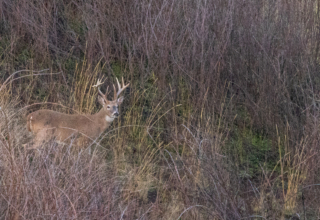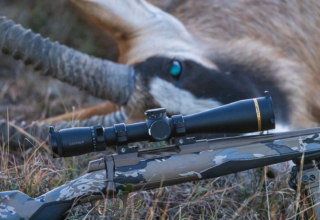Veteran hunter and outdoor legend Scott Haugen has used suppressors to tame recoil, reduce noise, and not spook game for decades. Suppressors are a vital hunt tool. Here’s what you need to know.
by Scott Haugen
This isn’t another piece on the mechanics, weights, tax stamps, and how to acquire a suppressor. This is about efficiently killing animals using suppressors.
In the early 1990s, I hunted in South Africa using a suppressor for the first time. Shortly after that, I hunted in the South Pacific with suppressors. Besides the proficient shooting capabilities, suppressors instantly revealed three things to me during my overseas visits.
First, suppressors could be purchased over the counter in several outdoor stores I visited. Second, some of the covered shooting ranges I visited required suppressors. Third, I wondered why suppressors weren’t legal in the U.S. when they were in other countries.
As for the latter question, the answer likely lies in the media, more specifically, Hollywood movies that depict “silencers” as being just that—silent deliverers of bullets. Such is not the case, especially when not shooting subsonic bullets, but the powers that be interpreted them as such tools.
When my writing career launched in the mid-1990s, I couldn’t get an editor to even consider a story on the value of silencers. They were referred to back then as silencers, not suppressors. If I submitted slide images with stories that had silencers visible in them, the editors would photoshop them out. Back then, we writers didn’t have the ability to do that; we submitted slide film, not digital images.
In 2001, I began hosting TV hunting shows. One episode aired where I culled springbuck in South Africa. I sat in one spot and headshot 25 common springbuck with the aid of a flat-shooting rifle and a silencer. Only 10 of the kill shots aired. The episode accurately portrayed the value of silencers and how they truly performed, from accurate shot placement to not spooking game. The shooting was only part of the story, as we addressed why headshots were necessary since the meat was going to the public market.
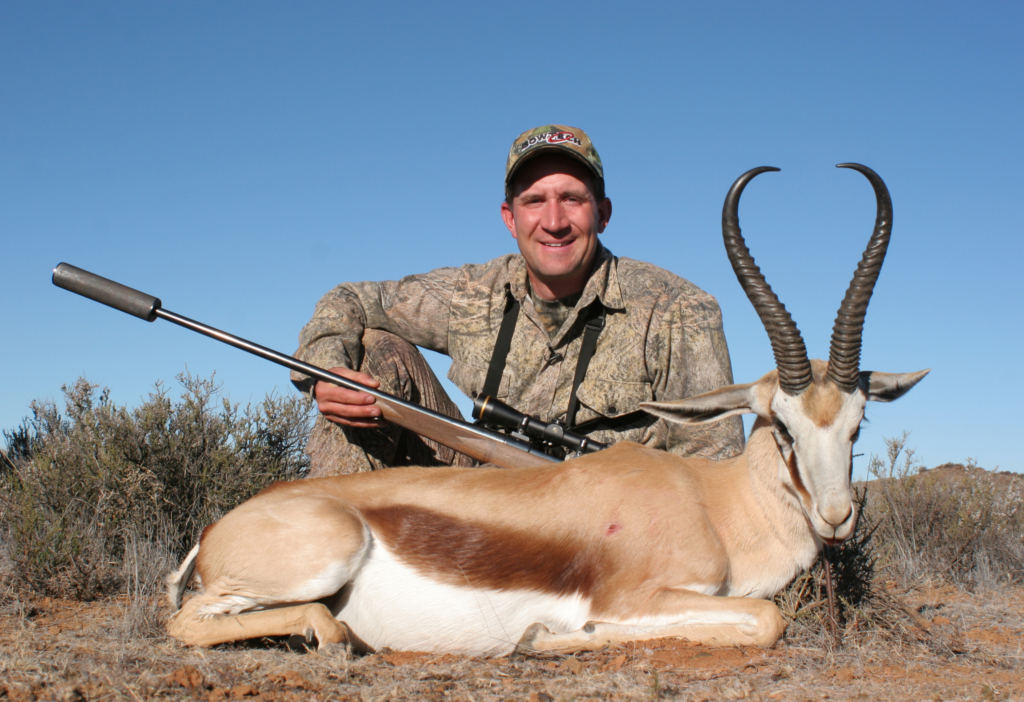
When the show aired in the U.S., you’d have thought I was a convicted felon destined for San Quentin. I was scorned, chastised, and called names by an embarrassing number of people in the hunting community. In my home state, the leading outdoor columnist in Portland called me a poacher, not a hunter, among other things. Despite the clear fact that nothing was illegal about my using a silencer in South Africa, people failed to see the apparent value brought to the screen of how efficient a hunting tool silencers were. No one stood in my corner, not even industry folks.

Over the decades, I’ve shot more than 100 big game animals around the world using suppressors. Today, I still hold to the beliefs that took root more than 30 years ago on the value and efficiency of suppressors.
Today, finally, suppressors are popular and accepted in the U.S. Suppressors offer good hearing protection due to their reduced noise level. Many guns fitted with suppressors can be shot without wearing hearing protection. Hearing protection is wise if shooting on a covered range or one with cubicles. But on the hunt, in vast open country, it’s typically not necessary. How many of us aging hunters would have better hearing and happier spouses had we grown up shooting suppressed rifles?
The reduced recoil resulting from the use of suppressors equates to more accurate shots. Increased accuracy is credited to the technology behind suppressors, and shooters are less likely to flinch since recoil is less.
Trigger yanks due to fear of recoil in big bore rifles are real and are major contributors to poor shot placement. I’ve read spec sheets claiming suppressors reduce recoil by 35 percent on average. That seems low to me based on the shooting I’ve done with them. I could be wrong. Maybe it’s a confidence thing.

On a depredation hunt last season, I dropped a cow elk from the back of a herd less than 100 yards from where two buddies and I sat. I was shooting a Browning 6.8 Western fitted with a Silencer Central Banish Backcountry. The rest of the herd kept walking. My two buddies let the elk move over a knoll before following. They caught up to them a few minutes later and filled their two tags. Both were shooting suppressed rifles. In less than five minutes, we had three elk down. The rest of the herd never ran. They bedded down for the day, a short distance from where the last two elk fell.
“Over 50 percent of the elk hunters I take are shooting suppressed rifles now,” shares Jody Smith, a well-known Roosevelt elk guide in Oregon. “We often shoot bulls from big herds in November or from bachelor herds, and after a shot with a suppressor, the rest of the herd usually just keeps feeding. Rather than have herds run into the thick timber of a nearby state forest and wait for days before they return from the impenetrable brush, they never leave the huntable habitat. Suppressors have not only increased our hunting efficiency but greatly cut down on stressing the elk.”

I picked up my first suppressor from Silencer Central. They walked me through the entire process, start to finish, on the phone and through efficient emails. I never had to leave my home, and they covered the $200 federal tax stamp. I was fitting their Banish 223 to my predator rifle nine months later. I followed that up with the Banish Backcountry 300, then a Banish 22 for my scoped squirrel rifle—both arrived in just over a month. I like the size and performance of each suppressor. I have ordered titanium and another Banish from Silencer Central.
Not only do suppressors optimize the efficiency of big game and predator rifles, but rimfires, too. Squirrel hunting with my dogs is more enjoyable with increased kills, thanks to a suppressed .22 rifle. I plucked two gray squirrels from one tree multiple times last season, something I rarely did without a suppressor. I shoot Sub-Sonic CCi .22 ammo in my squirrel rifle. The sound is so slight; other squirrels don’t flee, and my dogs don’t berserk at the shot. Often, they don’t even know I’ve shot until a squirrel hits the dirt.
“Nothing has changed how we hunt and boosted our success rates on elk as suppressors have,” shares Jon Woolard, another guide buddy in Eastern Oregon who focuses on depredation cow elk hunts. “Clients don’t hunt with us unless they have a suppressor. Where we hunt in farmland, we don’t want to spook herds and run them through fences.”
My buddies and I were with Woolard when we tagged those three cows last season. We were within sight of a country road, where a local farmer sat and watched all the action. He even watched us field dress and load up the elk. When we drove out, he met us at the gate. “You boys need to quit harassing those elk,” he mumbled. I had flashbacks of my early silencer experiences.
Then Woolard stepped in. He called the man by name, a matter of factly, and said, “Drive around the corner, and you’ll find the whole herd bedded in the draw. The last thing we did was harass this herd. We killed them quickly and efficiently and didn’t disturb the rest of the animals. That’s how we hunt. That’s what suppressors do. Harassing animals is what happened on that ranch a couple of days ago,” Woolard pointed. “That’s where those guys went in on quads and non-suppressed rifles, shot two elk, one of which they crippled and had to chase down. Then they sent the herd of more than 70 head running more than 11 miles, tearing down multiple fences. That’s harassment. You do understand the difference, don’t you?” The man was silent but educated, or so I hoped.
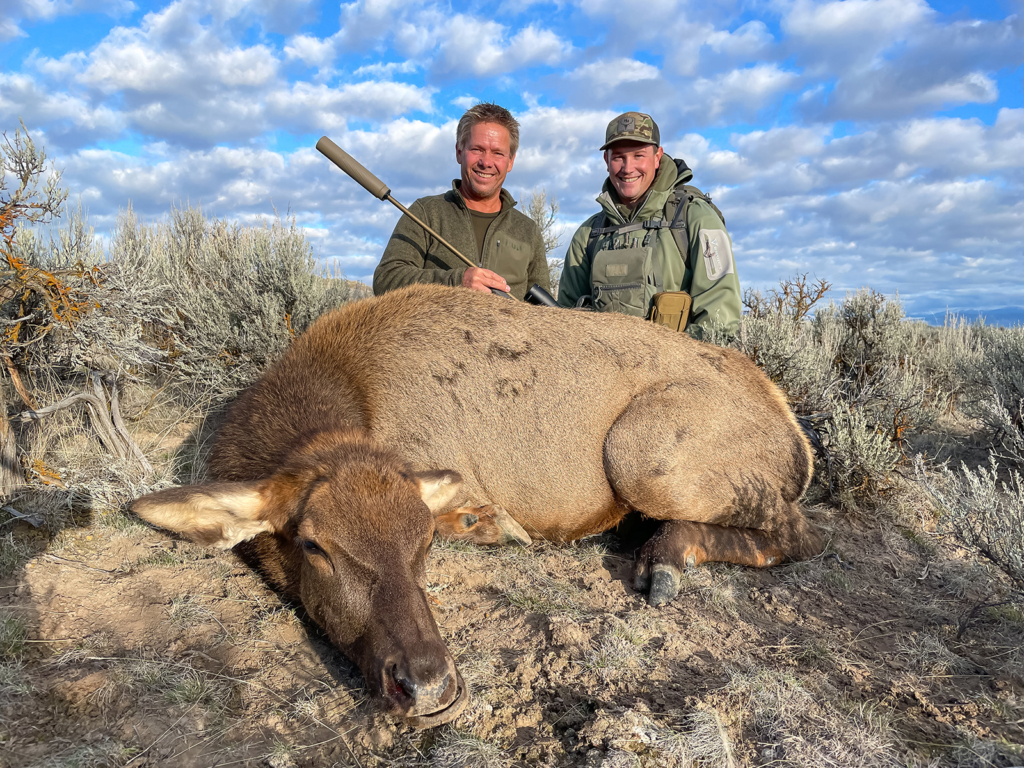
Several hunters have voiced concern about the heat given off by suppressors and how it can hinder the clarity of the rifle scope due to rising heat waves. If that’s a concern, get a cover for your suppressor. I don’t cover mine. Cover covers are lovely if you’re a target shooter, as suppressors get too hot to even touch. But if you’re a hunter, mirage is essentially a non-issue. I go to the range, sight in a rifle with three or four shots, then don’t shoot it again unless it’s at an animal. At most, I might rack up a few shots on a pack of coyotes, but even then, not enough rounds are put through the gun to result in heating the suppressor to the point it impedes the clarity of the scope with rising heat waves.
The United States came late to the suppressor game, but we finally arrived. Fortunately, buying a suppressor is getting more manageable, and wait times are becoming shorter. Once you try a suppressor and see how efficient a tool it truly is, you’ll want more. They’re worth every penny and second spent.
Note: For copies of Scott Haugen’s popular line of hunting and fishing books, and Tiffany’s cookbooks, visit scotthaugen.com.
